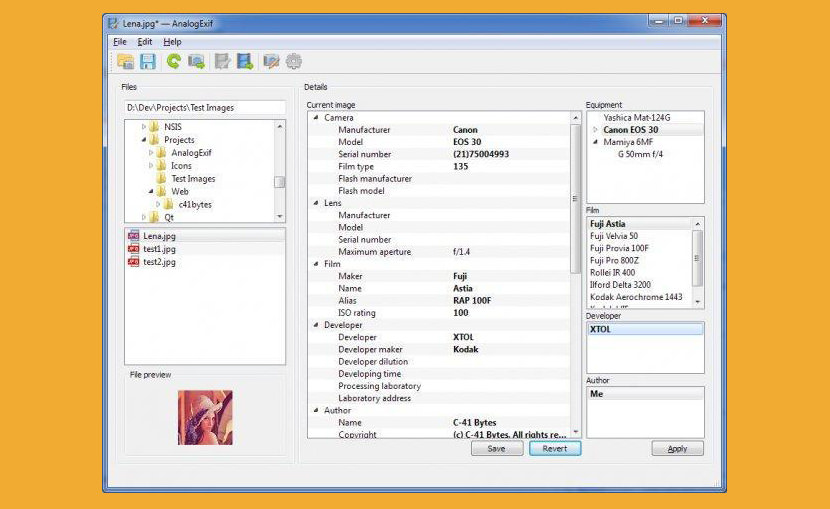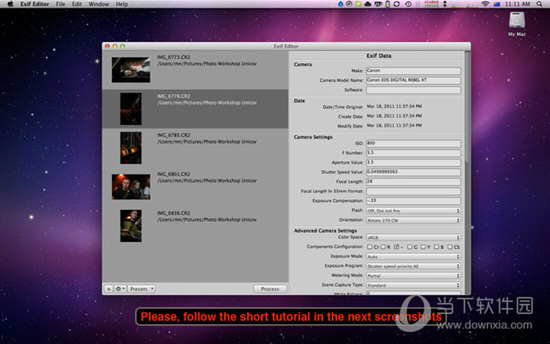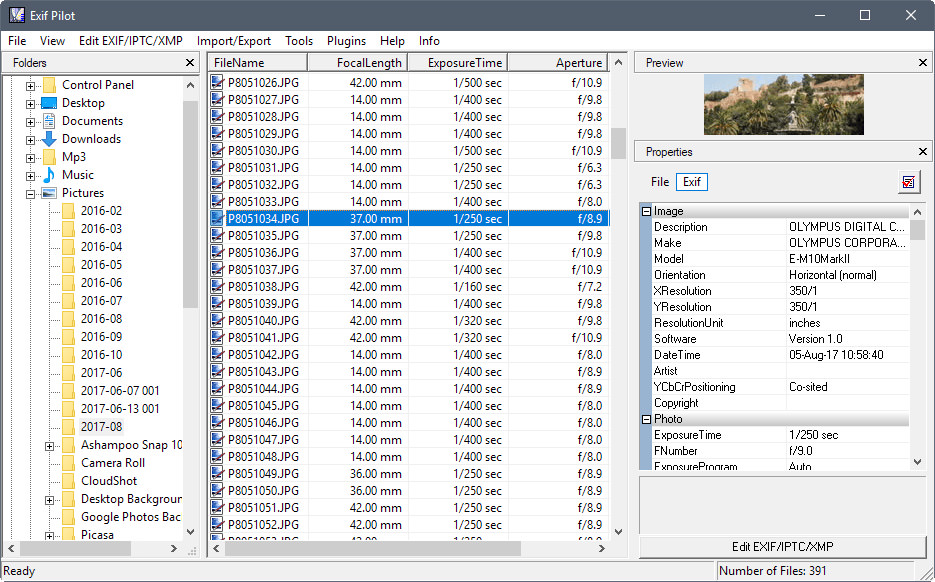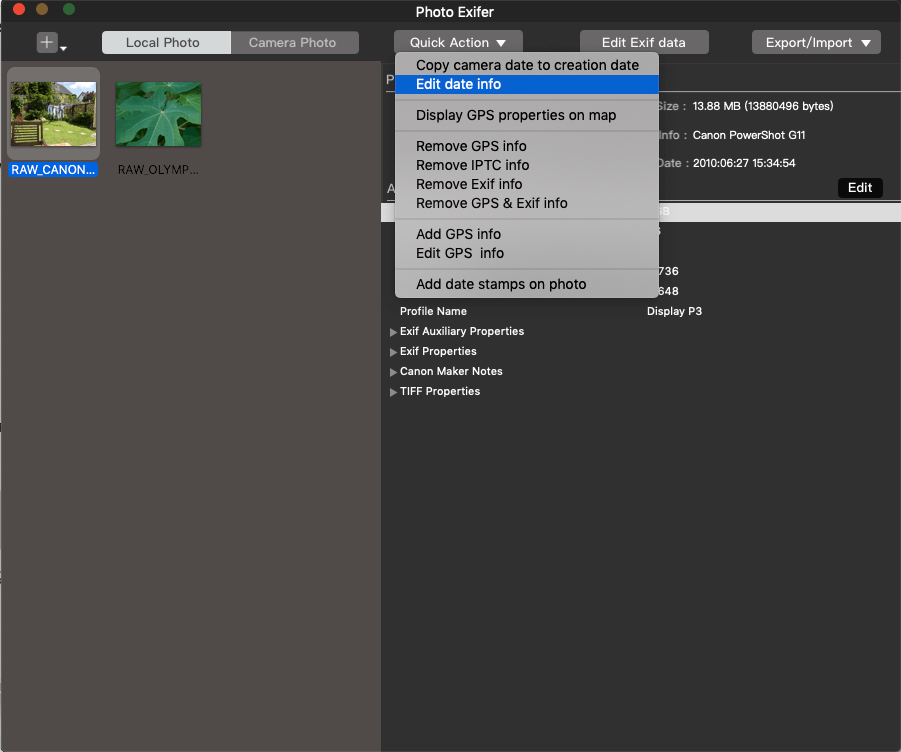
- #MAC IMAGE EXIF EDITOR HOW TO#
- #MAC IMAGE EXIF EDITOR SOFTWARE#
- #MAC IMAGE EXIF EDITOR FREE#
- #MAC IMAGE EXIF EDITOR MAC#
- #MAC IMAGE EXIF EDITOR WINDOWS#
It doesn’t offer all the features of Adobe’s premier image editor, but it offers a lot of them, and with a beautiful user interface that won’t hurt your head to use. Pixelmator isn’t free, but it is a great cheaper alternative to Photoshop. RELATED: The Best Cheaper Alternatives to Photoshop Use this tool to make similar masterpieces, and not a whole lot more. I used it to supplement my wife’s photo, I think it really highlights the nuance of her art. This open source application is basically paint.exe for you Mac, and it’s glorious. If every one of these options seemed too complicated for you, and all you want is the ability to doodle with your mouse, check out Paintbrush. Paintbrush: Basically Microsoft Paint for macOS This will open a variety of editing tools, which let you do things like choose filters, adjust the lighting, or crop the image. Just open any photo, then click the “Edit” button, which looks like a bunch of sliders. If you organize your photo collection using the built-in Photos tool on your Mac, you can also edit images in Photos.
#MAC IMAGE EXIF EDITOR HOW TO#
RELATED: How to Edit Your Pictures with Your Mac's Photos Application It’s not the most complete photo editor on the planet, but it gives you access to the basics without any third party software. You can also adjust the color and contrast levels by clicking Tools > Adjust Color in the menu bar. A second toolbar of icons for editing images will show up.įrom here, you can add simple shapes and draw. Just open any image, then click the toolbox icon. Not everyone realizes this, but you can use macOS’ built-in Preview app to edit images. RELATED: Use Your Mac's Preview App to Crop, Resize, Rotate, and Edit Images Preview or Photos: Built-In Basic Editing Tools But it’s free, with one tiny ad in the bottom-right corner.

#MAC IMAGE EXIF EDITOR MAC#
The GTK interface also doesn’t feel 100% at home on in macOS, and that may turn some diehard Mac users off.Īgain, if you’re looking for a full-blown photo editor, this isn’t it. If you’re the kind of person who likes thinking about design, you might end up wondering what exactly the creators were thinking. There’s going to be a learning curve, and it’s going to involve a lot of Google searches.
#MAC IMAGE EXIF EDITOR SOFTWARE#
Experience with software like Photoshop won’t help much, because GIMP does things its own way, and expects users to figure those ways out on their own. You just need to find those tools, and figure out how they work. You can customize the user interface, putting tools you use regularly front-and-center and burying the tools you don’t. This layer-based editor supports most file formats, and has all of the tools you need to touch up photos: adjustments for things like color balance and contrast, yes, but also filters and simple drawing tools.
#MAC IMAGE EXIF EDITOR FREE#
In terms of features and flexibility, open source stalwart GIMP is the best free Mac image editor you can find. You will notice when information can’t be changed, such as in the GPS Data tab.GIMP: Feature Complete With a Steep Learning Curve You can move through the different tabs to add the information you want. This tab contains details such as the camera make and model, the focal length and exposure, and whether a flash was used or not. If you open the Camera Data tab, you can’t change any of the information as this is the Exif data given by the camera that you used to take the image. In the Basic tab, you can add metadata information such as the author, keywords, copyright details, and a URL for more information on the copyright of the image.


When you open the panel in Photoshop, you can look through the tabs on the left. You can adjust some of the information found in the Exif data but not all of it.

Open it from the menuĪnother way to open the Exif data panel is by clicking on File > File Info. When the panel opens, use the tabs on the left to look through the information. In Windows, you can open the Exif data panel using the shortcut Shift + Alt + Control + I. The panel will open, and you can look through the tabs on the left to access various information. To open the Exif data panel using the shortcut on Mac, press Shift + Option + Command + I. To access the Exif data of any image in Photoshop, you can use the shortcut or access the panel via the File menu.
#MAC IMAGE EXIF EDITOR WINDOWS#


 0 kommentar(er)
0 kommentar(er)
